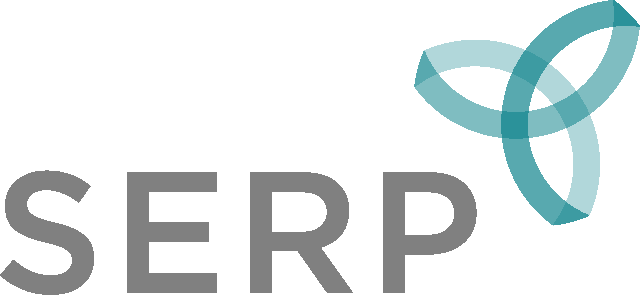Structures, Supports and Resources
Action 4
Coordinate supplemental supports for students’ learning with the focus of core instruction.
It is common for districts and schools to offer supplemental (Tiers 2 and 3) supports for currently struggling students, especially in mathematics and reading. Supplemental supports should aim to enable students to participate more fully in core instruction, and thereby achieve rigorous learning goals. Failure to align the goals of supplemental supports with those of rigorous, core instruction perpetuates patterns of inequitable access to high-quality instruction.
The Problem
Within any classroom, it is likely that at any given point in time, some students will struggle to develop the desired understandings of core ideas and capabilities in the content area. Of course, teachers are expected to assess and address variation in students’ understandings in classroom instruction on an ongoing basis. However, it has become increasingly common for schools to provide supplemental support in mathematics and reading to students who are identified as currently struggling with respect to a specific set of learning goals. Most often, this takes the form of a second class.
While research indicates additional time for instruction can be beneficial for student learning, far too often supplemental supports focus purely on supporting students to develop low-level skills. For example, in second mathematics classes, students often practice skills or procedures for approaching routine mathematics problems, absent attention to mathematical reasoning or problem-solving. And in reading, supplemental classes focus on basic skills such as phonics and fluency without simultaneously addressing higher order inferencing and comprehension tasks. Moreover, the specific skills being targeted by supplemental supports are often not coordinated with the learning goals and capabilities targeted in core instruction, and are thus unlikely to support students in achieving rigorous learning goals. This is especially troubling because a disproportionate number of students provided with supplemental supports are members of groups that have been historically marginalized by the U.S. educational system.
What Can Be Done?
Supplemental instruction should support students to participate in core instruction – both with respect to the content and with respect to disciplinary ways of engaging with content (e.g., practices of argumentation). For example, in supplemental literacy interventions, students can be given texts written at a lower level of difficulty, but that are focused on ideas that are grade level appropriate and that span the text types taught in ELA classes (fiction, non-fiction, poetry). Similarly, supplemental mathematics instruction can provide “just-in-time” support on skills or concepts that are prerequisites for upcoming grade-level instruction.
<17>
To facilitate coordination between supplemental and core instruction, it is important either that the same instructional materials are used in both classes, or that the supplemental instructional materials are aligned with the learning targets in the core class.
<18> In addition, in cases in which students are taught by different teachers for supplemental and core instruction, it is important that the teachers have time to collaborate and, if necessary, make changes in core and/or supplemental instruction to better support students’ success.
It is also essential that teachers of supplemental instruction receive ongoing professional development. Supporting currently struggling students to develop deep understandings of core ideas and capabilities, as well as robust academic identities, requires specialized content and teaching knowledge. For example, in mathematics, it requires knowing about common alternative conceptions students may have about specific mathematical ideas, and how to design instruction that supports them to develop conceptual understanding. In literacy interventions, it requires the knowledge of how students build specific reading skills so that critical activities such as multiple reads or reading silently by students (rather than aloud by the teacher), are not subverted in the interest of saving time. It also requires an appreciation of strategies, such as partner work and discussion and debate, that engage students who otherwise disassociate with a “remedial” experience.
Addressing teachers’ content and teaching knowledge, while necessary, is not sufficient. It is also crucial to address teachers’ beliefs about why some of their students are struggling, especially students from communities that have been historically disadvantaged by the U.S. educational system.
<19> Research indicates that it is common for teachers to attribute student struggle to things other than instruction, such as characteristics of the students, or their families or communities. Experiences of trauma may affect students’ ability to learn, and teachers must be trained to identify such cases. In general, however, teachers are unlikely to adequately support struggling students unless they attribute students’ struggles to issues of instruction. Thus, it is essential that teachers are supported both to identify and act on instructional reasons for students’ struggle.
